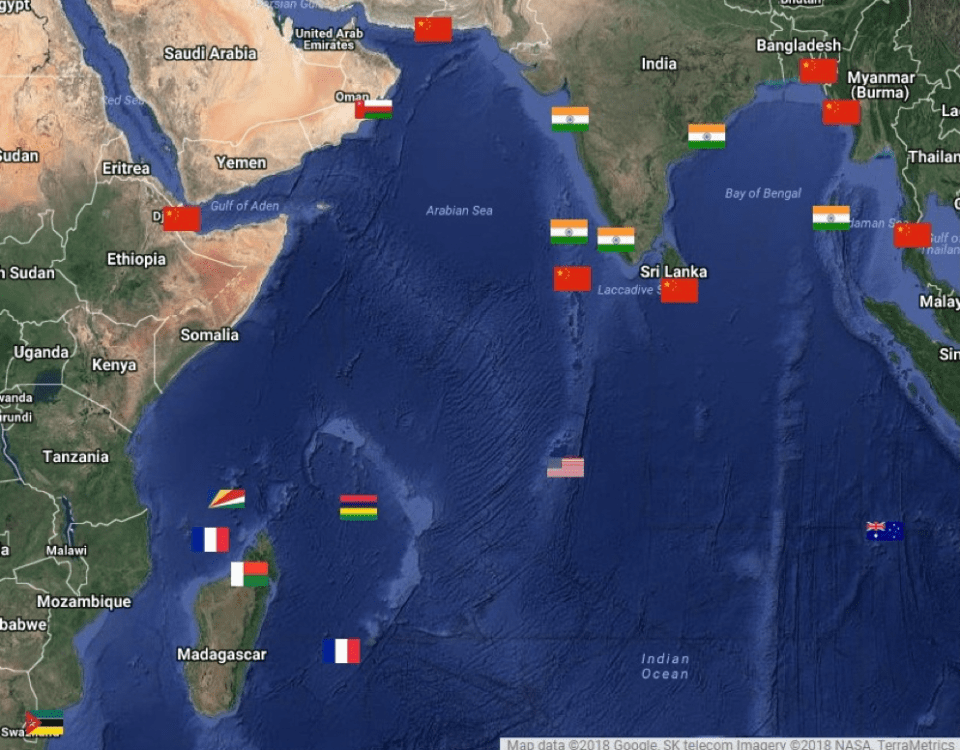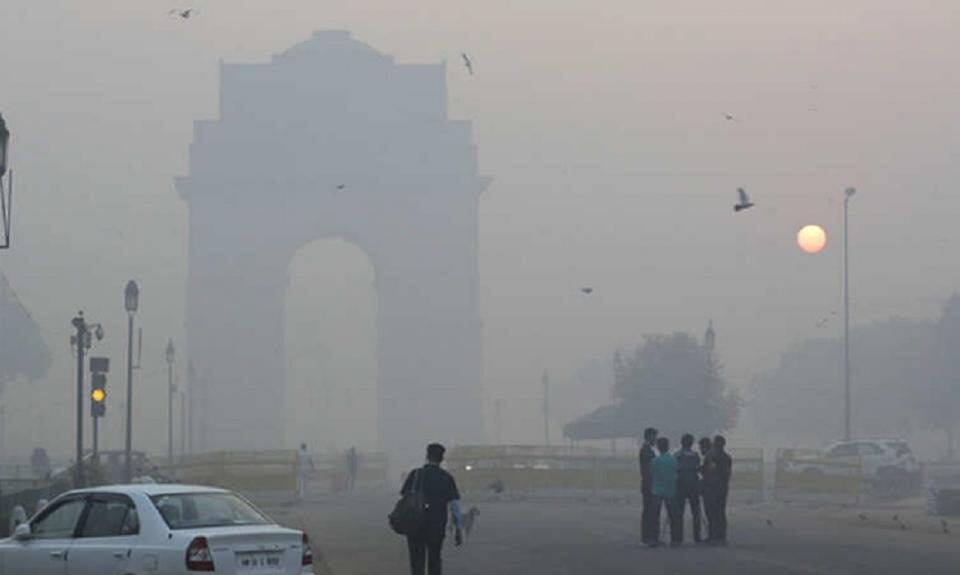
India-Iran Tensions Rise After Tanker Attack in Indian Ocean
December 30, 2023
IOJK Unrest: Alleged Killings Spark Protests
January 3, 2024
Muhammad Imad Abbas
The government of Pakistan recently announced a new debt of over Rs. 2.5 trillion over the next three months. This significant fund will mainly finance the “burgeoning fiscal deficits.” Consequently, this addition of new taxes will add to the existential debt, thus putting more burden on the economy. According to Dawn’s report, this debt is nearly 57% of the total debt of 4.4 trillion. Whereas, the Ministry of Finance recently said that debt servicing makes up the most significant challenge to the economy as “over 90% of all the expenses are interest payments.” The repayment of these debts would be a daunting challenge for the country, as the debt servicing costs have increased 45 percent to $1,4 trillion.
This taking of the additional debts by the government underlines the structural issues in our economy, due to which, despite more than seven decades, we haven’t established a sustainable economic platform that could finance our expenditure and ends up knocking on the doors of the IMF and World Bank to lend us some more money. This is primarily attributed to two considerable and essential structural and management issues: first, an inconsistent tax collection system and its policies, and second, the absence of an export-oriented and value-added goods policy.
Due to the absence and failure of our taxation system, we have failed to collect direct taxes from the masses, especially from the “one percent elite.” As a result, the government ends up with no option but to restore these losses by imposing further direct and indirect taxes on the masses on goods and commodities. According to the report of the World Bank for October, “total revenue fell to around 11,6 percent of the GDP in FY23 from 12,1 percent of GDP for FY22”. In this amount, “revenue from indirect taxes—including sales tax on goods and services, customs duties, and excise duties—fell to 5.2 percent of GDP in FY23 from 6.3 percent of GDP in FY22.”
Even with the tenacious appeals made by policymakers to augment the tax base, the endeavor has proven futile. This is mainly because a large strata of society is still out of the tax base. Mostly, the elite and large firms enjoy tax concessions. At the same time, the middle class, especially the working class, faces the brunt of it by sharing a significant chunk of their salaries and wages with taxes. Besides that, the World Bank reported that the taxation system of Pakistan is “complex” with a “narrow base” and has “high tax rates.” This ultimately ended the system by giving concessions and exemptions to a particular group, leaving the rest of the system “at the cost of losing economic efficiency and revenue.”
According to the World Bank, in the fiscal year 2022, Pakistan lost 2.6 percent of its GDP in the form of tax concessions. Whereas on average, between FY20 and FY22, Pakistan lost 26, 18, and 30 percent of its “sales tax on goods, income tax, and customs duty revenue potential, respectively, to concessionary rates and exemptions.” Apart from that, an unprecedented underlying flow of the informal economy has resulted in tax evasion. According International Labor Organization(ILO), more than 60 percent of the Pakistani population is somehow engaged in the informal economy. As a result, this ends up leaving zero revenue in the hands of the government.
Along with the tax net, another issue with the economic foundations is related to the exports and the revenue generated from it. According to the Ministry of Finance statistics, the total revenue for FY23 was 9,634 billion, whereas on the other hand, the total expenditure for FY23 was 16,155 billion. As a result, the fiscal imbalance was around -6,521 billion.
During fiscal imbalances, generally, there are three systematic ways through which the states finance their deficits and enhance their growth. These are foreign direct investments, exports, and tax-induced revenue. While the complexities of taxes are discussed, the percentage of foreign direct investments is dwindling each year. The investors are reluctant to stay. This is mainly due to the uncertainty in the political system due to continuous political instability and partially due to the uncertainty in the country due to the deteriorating security conditions. Consequently, the investors are wary about their investments and completely in paradox about whether their investments would give them any benefit or not.
Lastly, regarding exports, Pakistan lags in competition in the international market. New investors and competitors have entered with the dawn of the 21st century and the expansion of markets. As a result, the competition has soared among the participants. Henceforth, only those products are liked by consumers that are good in quality and abundant in quantity. Unfortunately, Pakistan lags in both. Regarding quality, two prerequisites are necessary: raw materials and energy. Due to the persistent circular debt in the energy sector, energy costs have increased exponentially. In the case of raw materials, the fiscal imbalance and the weakening of the rupee have resulted in increased import prices.
As a result, any domestic product manufactured is not good in quality due to the variation in raw materials and doesn’t compete in the international market. On the contrary, with abundant raw materials and cheap energy for production, the goods are overproduced in the developed states. In contrast, the underdeveloped or developing states don’t compete with the amount.
Moreover, according to the fiscal year 2023 estimates, the Pakistani trade landscape took a significant shift with the decline of exports to nine regional countries. As they accumulate, they witness a drastic decline of 21.10%. The available data also explains this trend due to the reduced export shipments to China. This drastic decline in terms of exports is also due to the frequent border skirmishes and altercations between the Taliban security forces and Pakistan. Pakistan accuses the Taliban of harboring and providing safe havens to the TTP, a rival of Pakistan. At the same time, the Taliban, on the contrary, denies their claims of the presence of no militants residing on Afghanistan’s soil.
Consequently, when on the one hand the revenue is insufficient, the expenditure on the other hand is growing at an alarming phase. This is either in the form of imports, or the concessions and subsidies given to the rich, or the perks and privileges given to the bureaucratic elites. Despite the deterioration in the economic indicators of the economy, the incumbent caretaker government announced an increase in the salaries and perks of the top bureaucrats of the management positions. This increase was by a flat 45 percent. “The minimum and maximum remuneration would now be at Rs804,180 and Rs1,013,903 per month respectively”. All in all, the burgeoning expenditures together with the looming trade deficits compels the government to go for more loans and aid from internal and external actors, adding more to the already stockpile.
Therefore, any growth-oriented policy will always result in disaster and destruction if the state does not take effective and protective measures while also setting its chaotic political house on the right course. In terms of exports, the government needs to move its manufacturing and exporting from raw materials to value-added goods. This shall include both edible and non-edible goods.
Apart from that, to compete in the international markets, quality and quantity are very essential for the goods. And this is not possible with some strong research-based institutions. Therefore, the government needs to enhance the research and development culture to promote the quality of goods being exported. The investors’ confidence should be enhanced to divert their attention towards developmental projects, instead of investment in real estate. Last but not least, the government and Law Enforcement Agencies (LEAs) need to enhance their counter-terrorism measures to curb the incidents of terrorism, as without a stable and certain environment, any success in attracting foreign investors is not possible.
Researcher at TheKhorasanDiary






